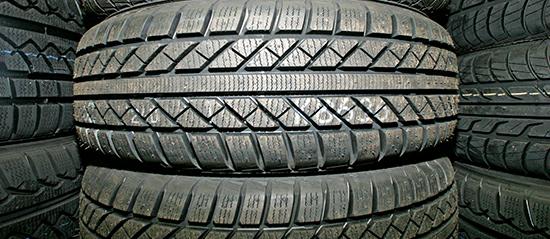EU Observatory on Infringements of Intellectual Property Rights Published the Study on the Economic Cost of IPR Infringement in the Tyres and Batteries Sectors

Photo: Freeimages.com/Matteo Canessa
The European Observatory on Infringements of Intellectual Property Rights with the EUIPO published the twelfth economic study in a row dealing with negative consequences of intellectual property rights infringements in certain industrial sectors in the European Union originally titled: “The Economic Cost of IPR Infringement in the Tyres and Batteries Sectors”.
The research comprised the broad scope of products in the manufacture of tyres, like rubber tyres for vehicles, mobile machinery, aircraft, toys etc., including also the broad scope in the manufacture of batteries, such as primary batteries, electric accumulators and the like.
The data for this research were collected in the period from 2010 until 2015 indicating that EUR 2.2 billion are lost annually by the legitimate industry due to the presence of counterfeit tyres in the EU marketplace (which corresponds to 7.5% of the entire sales in this sector), whereas EUR 180 million are lost annually due to counterfeit batteries (namely 1.8% of the entire sales). The data on lost sales in the tyres and batteries sector for all the EU Member States are given on page 7 of the study, including the Republic of Croatia, which suffers the annual loss of EUR 9 million in the tyres sector.
These lost sales translate into direct employment losses of approximately 8,400 jobs in both sectors (it is considered that the legitimate manufacturers of tyres and batteries employ fewer workers than they would have in the absence of counterfeiting). The total loss of government revenue in both sectors is estimated at EUR 340 million per year.
In addition to the economic consequences of counterfeit tyres and batteries as mentioned, there are other impacts in areas such as safety of consumers, due to inadequate and poor quality of materials used to manufacture counterfeit parts and non-existence of control in the production process. Potentially negative consequences of such products that can pose threat to the environment are to be added as well.
The entire study is available at the following link.
Datum novosti: 26.2.2018.